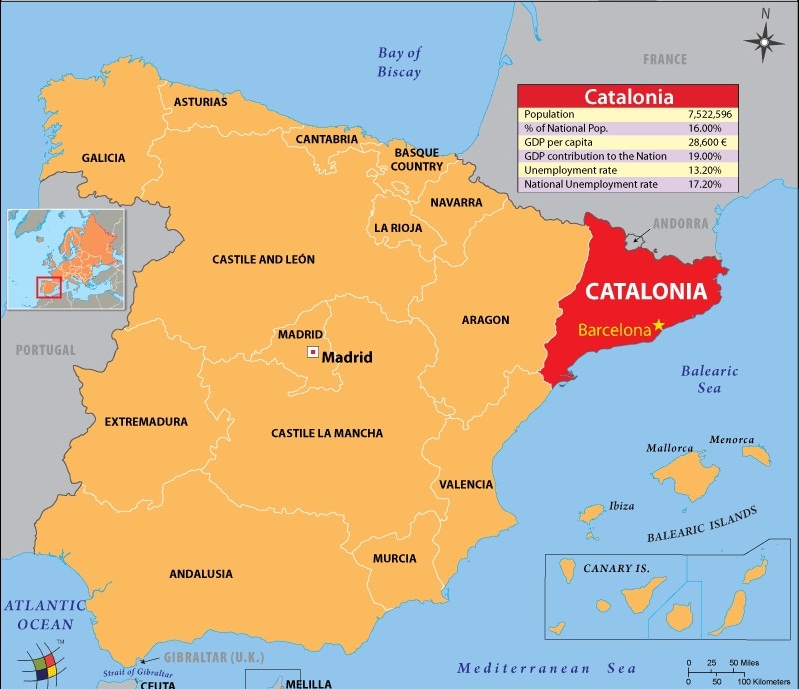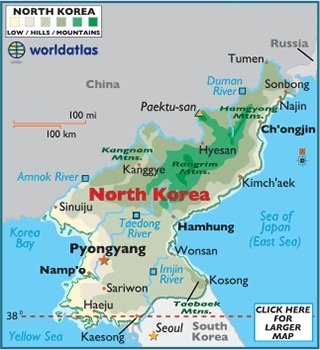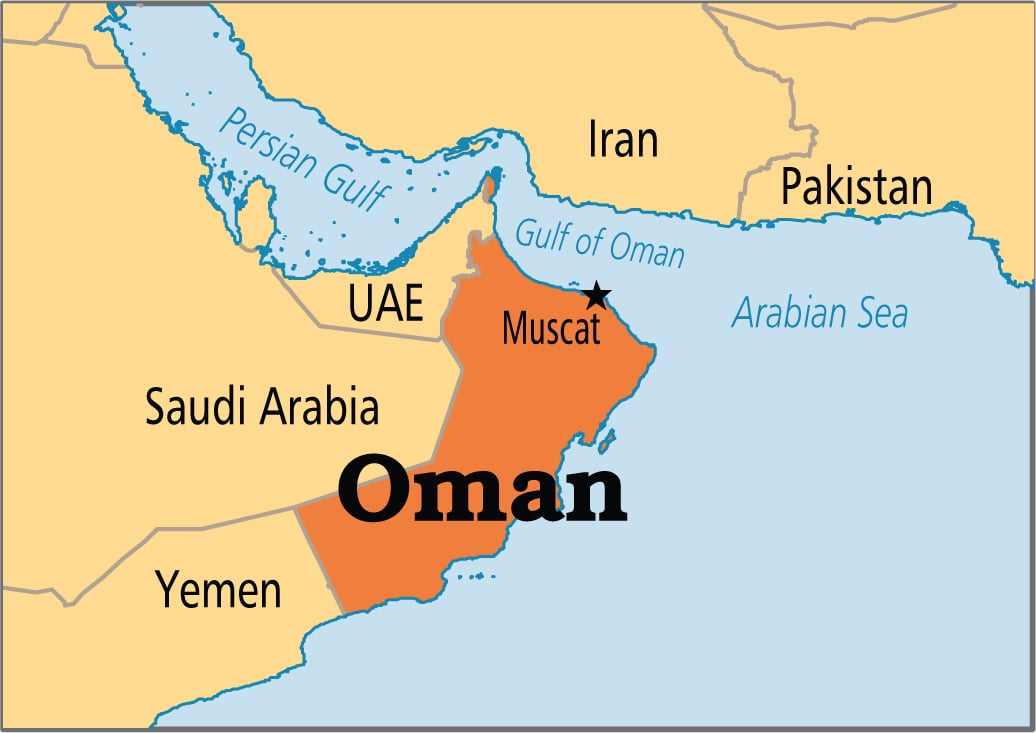Social Justice
Global Tuberculosis Report 2019: WHO
The World Health Organization (WHO) has recently released its 2019 edition of the Global Tuberculosis (TB) Report.
- The report provides a comprehensive and up-to-date assessment of the TB epidemic and progress in the response at global, regional and country levels for India.
- WHO has been publishing global TB report every year since 1997.
Key Findings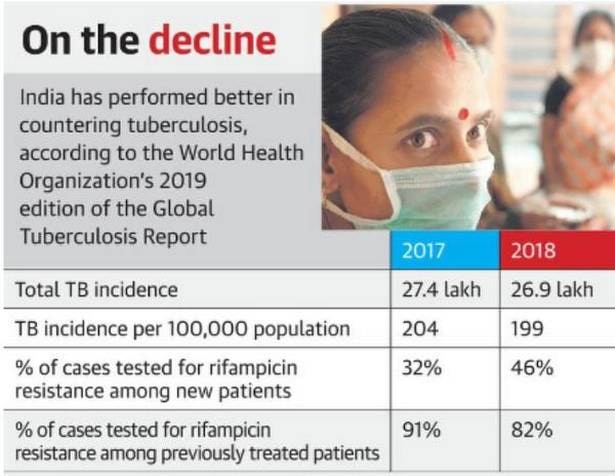
- TB remains the top infectious killer in the world claiming over 4,000 lives a day.
- Number of TB Cases:
- Geographically, most TB cases in 2018 were in the WHO regions of South-East Asia (44%), Africa (24%) and the Western Pacific (18%).
- High TB Burden Countries:
- Eight countries that accounted for two thirds of the global total include India (27%), China (9%) and Indonesia (8%).
- The above countries are also in WHO’s list of 30 high TB burden countries that accounted for 87% of the world’s cases in 2018.
- MultiDrug Resistant TB:
- In 2018, there were about half a million new cases of rifampicin-resistant TB (of which 78% had multidrug resistant TB).
- The three countries with the largest share of the global burden were India (27%), China (14%) and the Russian Federation (9%).
- TB Diagnosis:
- Globally, 7.0 million new cases of TB were notified in 2018 – an increase from 6.4 million in 2017.
- Most of the increase in global notifications of TB cases since 2013 is explained by trends in India and Indonesia, the two countries that rank first and third worldwide in terms of estimated incident cases per year.
- In India, notifications of new cases rose from 1.2 million to 2.0 million between 2013 and 2018 (+60%).
- Concerns:
- Despite increases in TB notifications, there is still a large gap between the number of new cases reported (7.0 million) and the estimated 10.0 million incident cases in 2018.
- This gap is due to a combination of underreporting of detected cases and underdiagnosis (i.e. people with TB do not access health care or are not diagnosed when they do).
- Ten countries accounted for about 80% of the gap, with India (25%), Nigeria (12%), Indonesia (10%) and the Philippines (8%) accounting for more than half of the total.
- TB Treatment Outcomes:
- The latest treatment outcome data for new cases of TB show a global treatment success rate of 85% in 2017, an increase from 81% in 2016. The improvement was mainly due to progress in India.
- Financing for TB Prevention:
- Funding for the provision of TB prevention, diagnostic and treatment services has doubled since 2006.
- In India, domestic funding quadrupled between 2016 and 2019.
- Suggestions:
- Annual financing for TB prevention and care and for TB research needs to approximately double.
- Access to TB care and preventive treatment needs to be expanded.
- Substantial costs faced by TB patients and their households should be mitigated.
- Multisectoral action on the broader determinants of the TB epidemic needs to be intensified.
- Intensified research and development is required to meet the Sustainable Development Goals (SDGs) and End TB Strategy targets set for 2030.
- The End TB Strategy milestones for 2020 and 2025 can only be achieved if TB diagnosis, treatment and prevention services are provided within the context of progress towards Universal Health Coverage (UHC).
- UHC means that everyone can obtain the health services they need without suffering financial hardship.
- SDG Target 3.8 is to achieve UHC by 2030.
WHO End TB Strategy
- The strategy aims to end the global TB epidemic, with targets to reduce TB deaths by 95% and to cut new cases by 90% between 2015 and 2035, and to ensure that no family is burdened with catastrophic expenses due to TB.
- It sets interim milestones for 2020, 2025, and 2030.
Indian Economy
India Innovation Index 2019
NITI (National Institution for Transforming India) Ayog with the Institute for Competitiveness has released the India Innovation Index 2019.
- The index, developed on the lines of the Global Innovation Index, would help the innovation ecosystem of Indian states and Union Territories (UTs) to design policies to drive innovation across regions.
- For a country as large as India, the state of innovation needs to be understood at the regional level for effective policy formulation.
- Based on the index each state needs to formulate its own policy, based on its unique resources and strengths and which caters to its specific needs.
- The index goes beyond traditional approaches for measuring innovation such as patents per million of population, publication in scientific journals, percentage of GDP spending on research and adds parameters that are specific to the Indian economy (eg. Demographic dividend), to give it a more holistic coverage.
- The India Innovation Index 2019 is calculated as the average of the scores of its two dimensions - Enablers and Performance.
- The Enablers examine innovative capacities: Human Capital, Investment, Knowledge Workers, Business Environment, and Safety and Legal Environment.
- The Performance captures benefits that a nation derives from the inputs: Knowledge Output and Knowledge Diffusion.
Key Findings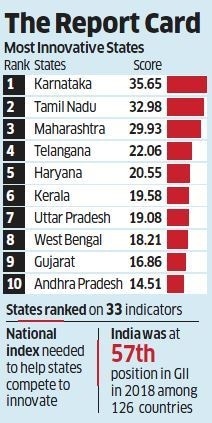
- The states have been bifurcated into three categories:
- Major states,
- North-east and hill states,
- Union territories/Small states
- Karnataka emerged topper in the overall rankings in the category of major states. with Tamil Nadu and Maharashtra in the second and third positions.
- Karnataka’s top position is partly attributed to its top rank in the Performance dimension.
- It is also among the top performers in Infrastructure, Knowledge Workers, Knowledge Output and Business Environment.
- Maharashtra performs the best in the dimension of Enablers.
- This implies that it has the best enabling environment for innovation, even though the state comes in at the third position in the overall innovation index.
- The top ten major states are majorly concentrated in southern and western India.
- Among the North-Eastern states and Union territories, Sikkim and Delhi occupy the top spots respectively.
- Delhi, Karnataka, Maharashtra, Tamil Nadu, Telangana, and Uttar Pradesh are the most efficient states in translating inputs into output.
- In terms of attracting investment, Karnataka topped the index among major states, followed by Maharashtra, Haryana, Kerala, Tamil Nadu, Gujarat, Telangana, Rajasthan, and Uttar Pradesh.
- Bihar, Jharkhand, and Punjab were the least attractive states for investment.
- Among North East and the Hill States, Manipur, Arunachal Pradesh, and Tripura were the top three states; while among the UTs, Lakshadweep, Delhi and Goa were the top three regions.
Way Forward
- There is a need to broaden and improve the capability of top rung educational institutions in the country to produce greater innovation outputs.
- Increased spending on research and development with greater collaboration between the industry and educational institutions may help to enhance innovation capability.
- A collaborative platform consisting of all the stakeholders of innovation - innovators, researchers, and investors from the industry should be developed.
- It will help to strengthen the industry-academia linkages and will ease the process of technology transfer by providing a platform for innovators to showcase their inventions.
International Relations
Catalonian Unrest
More than 100 people were detained by Police in Catalonia over controversy sparked by arrest of separatist leaders.
- Catalonia is a semi-autonomous region in Iberian Peninsula in the north-eastern Spain.
- It has a distinct history dating back almost 1,000 years and have their own language, parliament, flag and anthem.
Background
- Before the Spanish Civil War(1936-1939), Catalonia enjoyed broad autonomy but that was suppressed under General Francisco Franco.
- Under the military government of Francisco Franco, from 1939-1975, Catalan culture was suppressed.
- Symbols of Catalan identity such as castells, or human towers, were prohibited and parents were forced to choose Spanish names for their children.
- When Franco died, the region was granted autonomy again under the 1978 constitution and prospered as part of the new, democratic Spain.
- A 2006 statute granted even greater powers, boosting Catalonia's financial clout and describing it as a "nation", but Spain's Constitutional Court reversed much of this in 2010.
Demand For Independence
- The Catalan region has long been the industrial heartland of Spain – first for its maritime power and trade in goods such as textiles, but recently for finance, services and hi-tech companies.
- It has been one of the wealthiest regions of Spain, contributing around 25.6% of exports, 19% of GDP and 20.7% of foriegn investment.
- Catalan nationalists have long complained that their region sends too much money to poorer parts of Spain, as taxes are controlled by Madrid and receives much less from Spain.
- They also claims that Spain's changes to their autonomous status in 2010 undermined Catalan identity.
Catalonian Referendum of 2017
- Referendum was held in october 2017 in which 90% of Catalonian voted for independence but the voter turnout was only 43%.
- It was alleged that Spanish National Police tried to stop people from voting which led to widespread violence.
- However, the referendum was declared illegal by Spain’s central government as it was marred by wide scale violence.
- The referendum has thrown the country into its worst constitutional crisis.
Important Facts For Prelims
Mt Paektu
Mount Paektu or Changbai (in Chinese) is considered sacred by the Koreans.
- It is a volcanic mountain that last erupted over 1,000 years ago.
- It is situated at the border between Democratic People’s Republic of Korea (DPRK) and China.
- At a height of about 9,000 feet, it has the highest peak in the Korean peninsula.
- The mountain is considered sacred as Koreans treat the mountain to be the spiritual origin of the Korean kingdom, where the founder (Kim Il Sung) was born.
- Kim Il Sung fought against the Japanese occupation forces in the same region and North Koreans are led to believe that Kim Jong Il (Present North Korean Leader Jong-Un’s father) was born here.
- The Kim family legitimises their rule over DPRK by referring to the “Mount Baekdu Bloodline” (the mountain is also referred to as Baekdusan).
- A reference to the mountain is made in the South Korean national anthem as well.
Important Facts For Prelims
EX-EASTERN BRIDGE-V
Indian Air Force (IAF) is participating in the joint bilateral exercise EX EASTERN BRIDGE V with Royal Air Force Oman (RAFO).
- The exercise is being held at the Air Force Base Masirah, Oman.
About Exercise
- IAF contingent comprises of MiG-29 and C-17 aircraft. It would be the first time that MIG-29 fighter aircraft will be participating in an International Exercise outside India.
- The last EX EASTERN BRIDGE-IV exercise was conducted in 2017 at Jamnagar, India.
Significance
- The exercise will enhance interoperability during mutual cooperation between two Air Force.
- The exercise will also promote exchange of experience and operational knowledge, and will promote professional interaction.
Other Exercises Between India and Oman
- Naseem Al-Bahr is the naval exercise conducted between both the countries.
- AL Nagah is the joint bilateral exercise between the armies of two countries.
Important Facts For Prelims
GOAL (Going Online as Leaders)
The second phase of GOAL (Going Online as Leaders) has been jointly launched by the Ministry of Tribal Affairs and Facebook to digitally mentor 5000 young women in India’s tribal-dominated districts.
- The GOAL is a Facebook program aimed at guiding and encouraging tribal girls from across India to become village-level digital young leaders for their communities
- The programme will help to connect underprivileged young tribal women with senior expert mentors in the areas of business, fashion and arts to learn digital and life skills.
- It will also provide economically and socially marginalized young women with the tools and guidance for the development of livelihood skills.
- It will help to close the digital gender gap by enabling more women to get online and access digital services.
Important Facts For Prelims
Dar es Salaam and Zanzibar
As part of the Indian Navy's Overseas Deployment, four indigenously built ships of the Indian Navy are visiting the ports at Dar es Salaam and Zanzibar located in Tanzania.
Zanzibar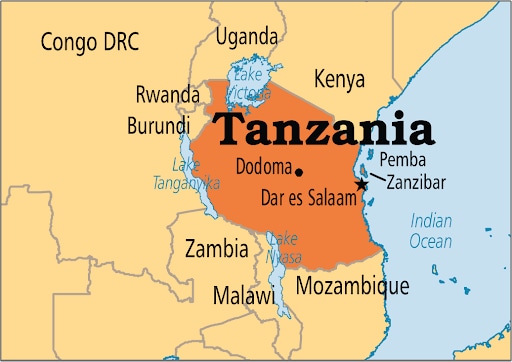
- Zanzibar an island in the Indian Ocean, is located off the coast of east-central Africa.
- In 1964 Zanzibar, Pemba Island and some other smaller islands joined to form the United Republic of Tanzania.
- It is located on the Indian Ocean trade routes making it accessible to both traders and colonists from Arabia, South Asia, and the African mainland.
- Zanzibar and Pemba are believed to have once formed part of the African continent.
- The raised sands and sandstones with varied residual deposits are found on Zanzibar and Pemba islands which are similar to the alluvial deposits present on the African mainland
Dar es Salaam
- It is the largest city and economic capital of Tanzania.
- It is located in a bay off the Indian Ocean coast.
- The city has developed into the economic importance of the entire East African region.

